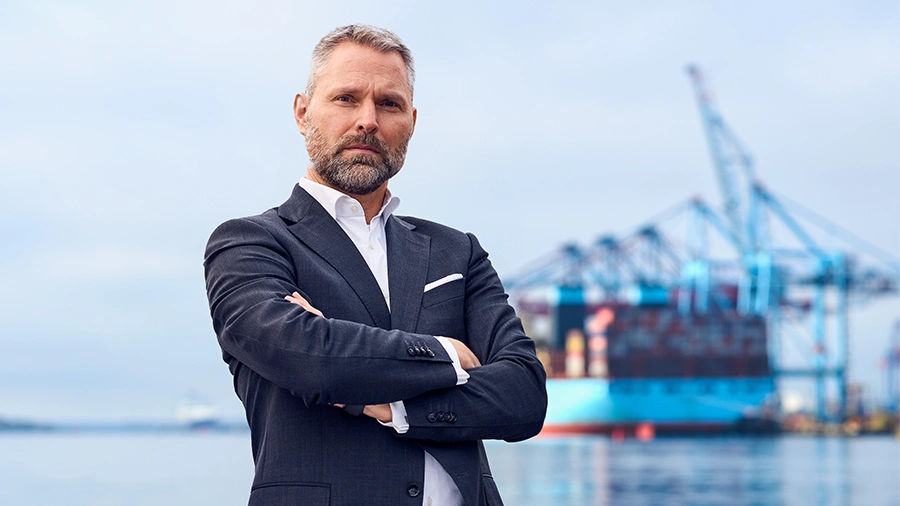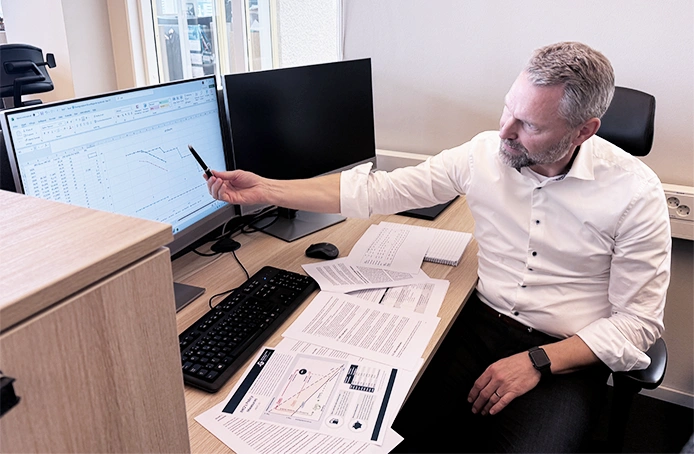IMO’s net-zero decision: “A welcome step, but more ambition is needed”

We sat down with Edvard Molitor, Head of International Public Affairs & Sustainability at the Gothenburg Port Authority and Chair of the IAPH Climate and Energy Committee, to hear his reflections on the decision and what it means for the industry and for ports.
IMO has now adopted a new direction for greenhouse gas reductions in shipping. What is your view on the outcome?
“We welcome the fact that a decision has been reached. It’s a significant achievement to move forward in a time when global consensus can be difficult to achieve. But at the same time, we had hoped for a higher level of ambition. The strategy does not fully align with a 1.5°C pathway, and the timeline could have been stronger.”
What did the IMO agree on, specifically?
“The most recent decision includes the adoption of a technical standard and a market-based mechanism. These are both intended to drive down emissions by reducing the greenhouse gas intensity of marine fuels and by introducing a system of economic incentives and penalties. The details are still being worked out, but the plan is to finalise and adopt the full set of measures in 2025, for entry into force in 2027.”
How will this affect the work at the Port of Gothenburg?
“It confirms that we are on the right track with the initiatives we’re already pursuing—shore power, infrastructure for alternative fuels, and collaborations around green shipping corridors. But it also underscores the need for ports to stay ahead of regulation. The private sector and many ports are moving faster than the regulatory frameworks, which puts pressure on us to continue to lead.”
You also serve as Chair of the IAPH Climate and Energy Committee. What is the position of the international port community on this decision?
“There is broad support for the direction taken—but also a clear sense that it is not enough. IAPH and other organisations such as the Global Maritime Forum have all pointed out that, while it’s good to have a framework, the ambition needs to be scaled up. We need regulations that close the cost gap between conventional and low- or zero-emission fuels. Without that, progress will be slower than what climate science demands.”

What are the next steps from here?
“The IMO will now continue technical discussions to define the fuel standard and the market-based measure in more detail. That will be key. Meanwhile, we’ll continue to work proactively at the Port of Gothenburg. We have no time to lose. The climate transition in shipping has already started—and our job is to make it possible, even if regulation is still catching up.”